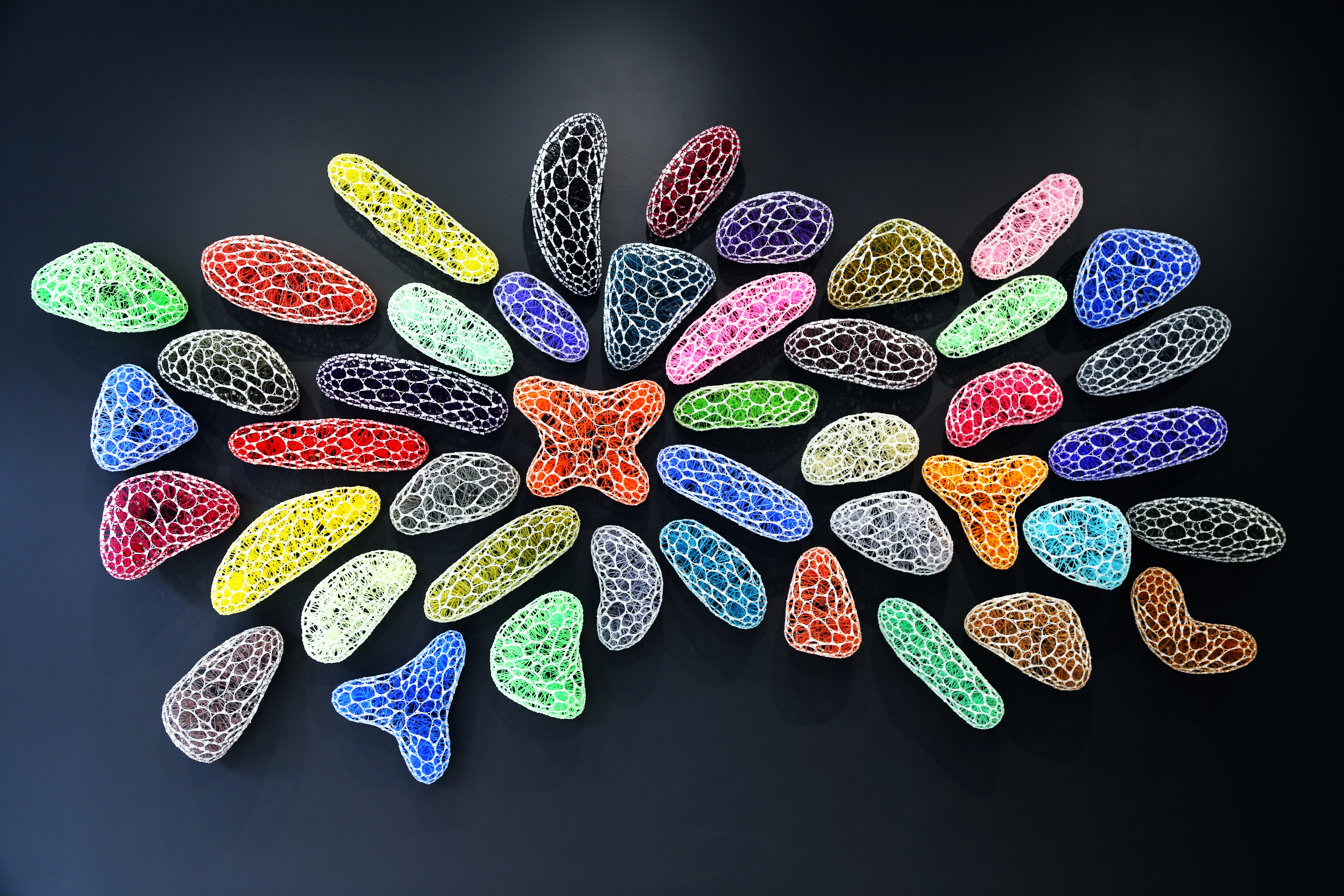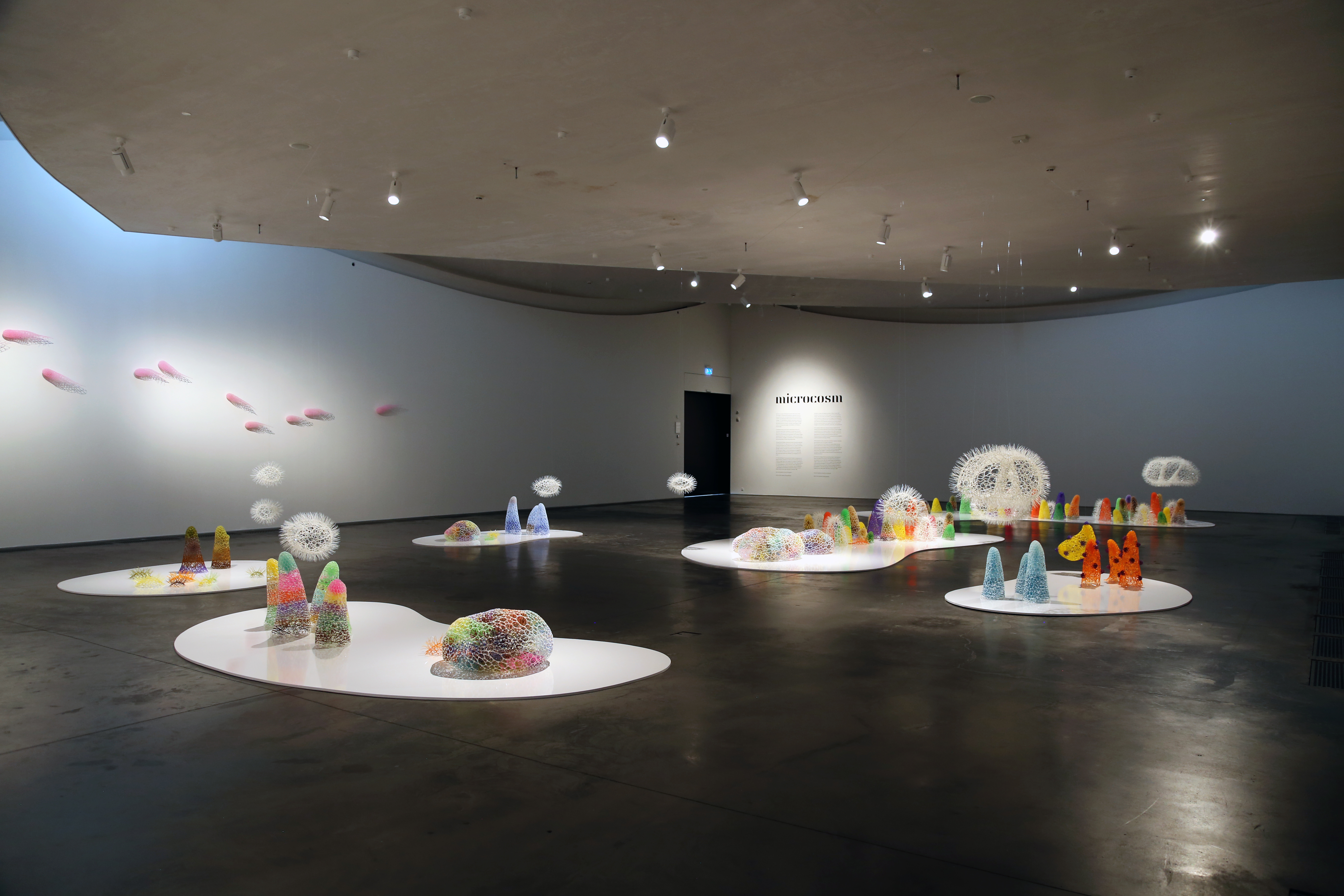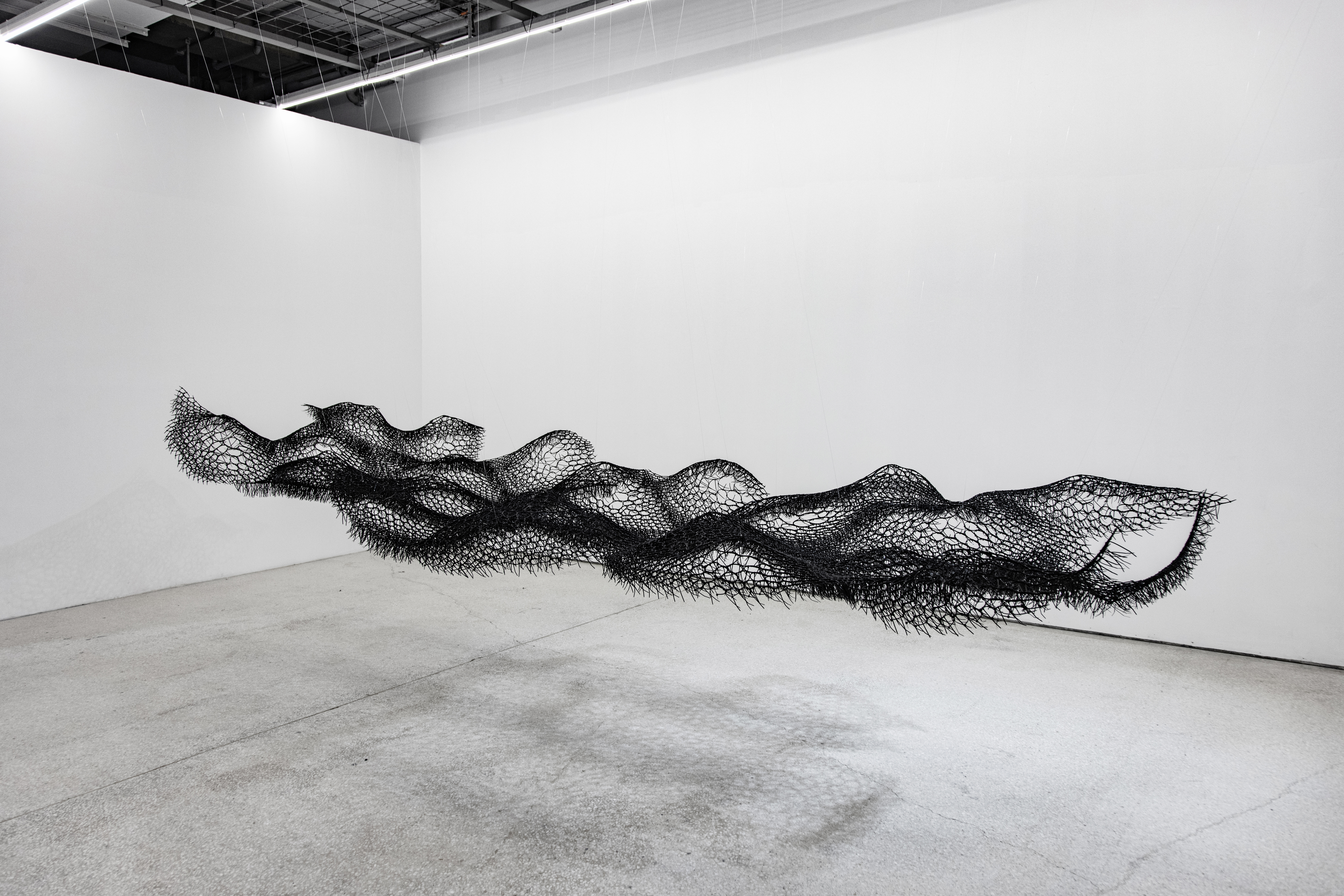[Interview] Frozen in Motion: Sui Park on Reimagining Nature Through Zip-Tie Sculptures
2025-07-04Korea-born and New York-based artist Sui Park is best known for her mesmerizing sculptural installations that resemble living organisms. Her work works have been featured in galleries and public parks across the globe, catching the eyes of both art collectors and casual passerby. In a time where sustainability, impermanence and emotional resilience are central themes in contemporary culture, Sui Park’s work feels both futuristic and deeply human.
This interview is significant not only because it amplifies a Korean creative voice in the global art scene, but also because it reveals how traditional values of handcraft and mindfulness are being reimagined through contemporary, even synthetic materials. Her art invites us to pause, reflect and reconsider the invisible transitions in life – the way things evolve, decay or pause. This conversation offers a glimpse into the mind of an artist who sculpts stillness and movement into one.

The following are excerpts from an email interview with her on June 5 to July 3.
1.Your sculptures often resemble organic life forms despite being made of industrial materials. What themes or ideas are you most interested in expressing through this contrast?
I try to capture and visualize the small, beautiful forms in nature that we often overlook or take for granted, as well as the subtle but meaningful moments in our surroundings. By using industrial, man-made materials to create these organic forms, I want to bring a sense of intimacy to how I approach and share these ideas with the audience.
I hope that by evoking this sense of closeness, people can connect these overlooked moments to their own daily lives and feel more aware of the delicate balance between nature and what we create.
2.Could you share how a new piece typically begins for you—do you start with a concept, a sketch, or through experimentation?
I usually start with conceptual sketches; these could be abstract and simple drawings that capture an idea or feeling I want to explore. From there, I develop these sketches into more concrete forms and create prototypes. This process allows me to test the scale, materials, and interactions between forms, and sometimes-unexpected things happen during this stage, which I often embrace as part of my practice.

3.As a Korean American artist, do aspects of your cultural background influence your work, either directly or subtly?
My work is not based on traditional Korean methods or cultural backgrounds, but as a Korean, I believe the Korean culture and currents of consciousness embedded within me, along with the time I spent being educated in a Korean way, are unconsciously reflected in my work.
4.Are there any materials or concepts you’d like to explore in the future that are different from your current work?
Currently, I work with materials such as cable ties, fishing lines like artificial and disposable elements, but I’d like to experiment with combining them with more natural materials. We live in a world where nature and human-made elements coexist, and through my work, I want to explore more deeply how this coexistence between the natural and the artificial might evolve in the future.

5.What advice would you offer to young or emerging artists who are still discovering their creative voice?
One thing I’d like to give advice to young artists, or emerging artists is that ‘consistency’ is one of the most fundamental elements of being an artist, and it’s a virtue you must practice. Even when you encounter difficulties in your process, if you keep working consistently, you’ll find it much easier to regain any focus you may have lost along the way.
6.Is there anything you’ve learned through your journey that you wish you had known when you were starting out?
When I first started my journey as an artist, I was mostly focused on creating new works and continuing with exhibitions. But now, I try to listen more closely to my inner voice and to think about what kind of conversation I want to have with my audience through my work, how my practice is woven into my life, and whether it is something I can carry with me for a lifetime. Sometimes I wonder how things might have been different if I had asked myself these questions earlier.

Sui Park’s sculptures challenge our assumptions about performance and the beauty by showing us how the most synthetic of materials can hold organic grace. From Seoul to New York, from zip-ties to immersive ecosystems of form, Sui is crafting a new visual language. As the world moves faster, her work urges us to slow down, observe and see life blooming in unexpected places.
How about this article?
- Like1
- Support0
- Amazing1
- Sad0
- Curious0
- Insightful0


